Chinese consumers and developers are back in court, and Apple is in the crosshairs. This is the company’s second major antitrust challenge in China, arriving as Beijing and Washington trade barbs over tariffs and tech. The backdrop matters, and everyone knows it.
The dispute zeroes in on what critics call Apple’s most lucrative, yet most contentious, practice, the mandatory 30% commission on in-app purchases, the “Apple tax.” A group of 55 Chinese iPhone and iPad users filed a complaint with China’s State Administration for Market Regulation, citing three alleged violations under China’s Anti-Monopoly Law.
Their claims are simple, and potentially devastating: Apple forces consumers to use its In-App Purchase system, restricts iOS app downloads to the App Store alone, and charges up to 30% on in-app purchases. The legal team, led by lawyer Wang Qiongfei, calls the commission a “digital tax” on Chinese consumers, arguing that Apple holds a “100% dominant position” in China’s iOS app market.
This is Wang’s second swing. Her earlier case, filed in 2021, was dismissed by a Shanghai court last year. The timing now is sharper. Trade tensions between Beijing and Washington have been intensifying, with both governments deploying tariffs and technology restrictions as policy tools.
What makes this challenge different from previous attempts?
This case does not sit in a domestic vacuum. Rules have shifted, tempers have flared, and the money at stake is enormous. Apple earned approximately $6.44 billion in App Store commissions from Chinese users in 2024.
The hit to Apple’s services business could be real and immediate. Dropping the rate from 30% to 10% would wipe out around $4.3 billion a year, a serious dent in one of Apple’s richest segments.
Rules on the ground have evolved, too. China’s Supreme People’s Court issued a New Judicial Interpretation on June 24, 2024, effective July 1, 2024 — a 51-article overhaul that touches on procedure and substance in antitrust civil litigation. The update clarifies jurisdiction, burden of proof, and how courts coordinate with law enforcement in antitrust cases.
In plain terms, the path is clearer than it was in 2021. That clarity may give Wang’s team the tools to avoid the pitfalls that sank the last case.
How does China’s approach compare to global regulatory trends?
Zoom out, and the pattern is familiar. Apple has faced mounting pressure worldwide, including a €500 million fine from the European Commission and requirements to enable third-party stores in Japan by December 2025. Momentum is building against the closed ecosystem model Apple prefers.
Europe has led the charge. The bloc passed the Digital Markets Act in 2022 to regulate antitrust tech giants in the thriving digital economy, creating “gatekeeper” duties with teeth. China’s system is different in politics and incentives, yet it has its own toolbox, as lawmakers issued the Anti-Monopoly Guidelines in 2020 and the Personal Information Protection Law.
Data rules follow the same tune. China’s Data Security Law is similar to the EU’s GDPR, though it reflects China’s priorities on governance and markets.
Recent court signals are mixed. Shanghai’s Intellectual Property Court found Apple dominant in China’s software market but not abusive. That gives challengers a foothold on dominance, but not yet on conduct.
Apple has shown it will bend under pressure. It has adjusted its commission rates to 27% and 12% in the US, 26% and 11% in South Korea, and as low as 17% and 10% in the EU. A patchwork, yes, and also a playbook.
Where do we go from here?
The outcome hinges on a few sharp asks. The complainants want regulators to require Apple to open its platform to third-party app stores and payment providers. In China, that would reshape distribution overnight. Would Apple risk the precedent, or negotiate the rate down?
The ripple effects go beyond Cupertino’s services line. Competition watchdogs worldwide have recently intensified antitrust crackdowns on tech giants, with companies like Google and Apple bearing the brunt. A bold move in China could speed up that global shift toward platform regulation.
For Apple, the stakes are obvious. China is the company’s third-largest revenue source globally. The company has long argued that a closed ecosystem protects users and quality. With pressure coming from several capitals at once, that stance may need a rethink.
The context of US-China trade friction adds heat. Regulators could be more willing to act against a high-profile American firm that collects billions from Chinese users, while critics say it locks down competition.
This time, the legal scaffolding is sturdier, and Wang’s team can point to one glaring contrast: Apple still charges 30% in China while accepting much lower rates in other regions under regulatory scrutiny.
In the end, this fight is more than a one-off lawsuit; it is a test of whether global pressure can force structural change in how dominant platforms operate. The result will signal how far Apple can defend its model, and how far China plans to go on antitrust in a season of sharper international tension.







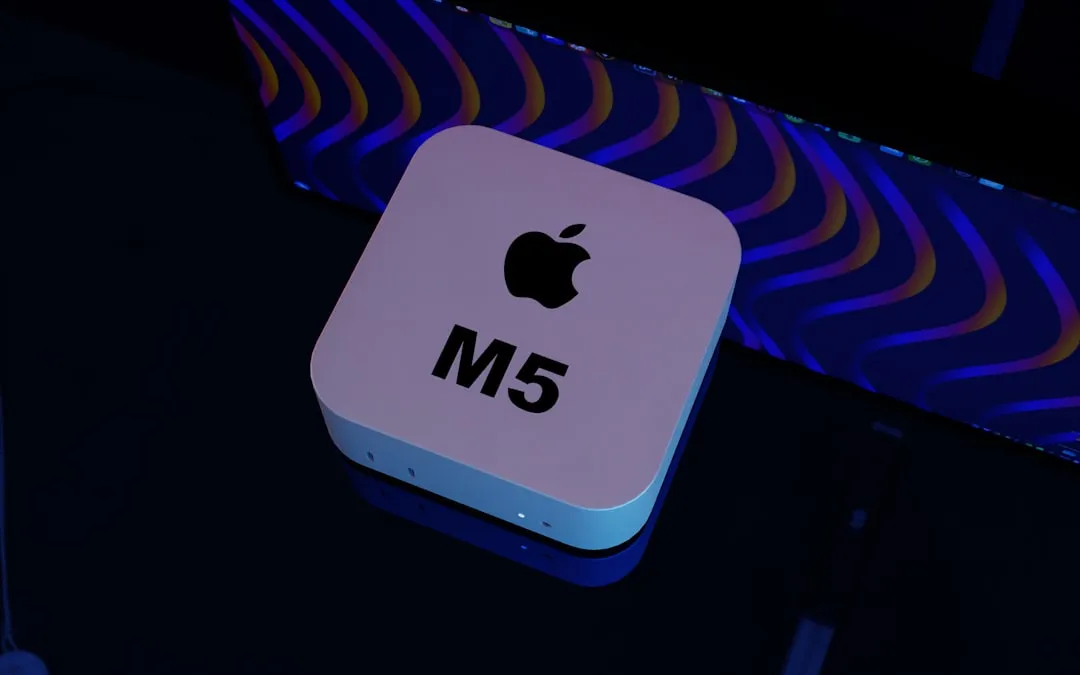
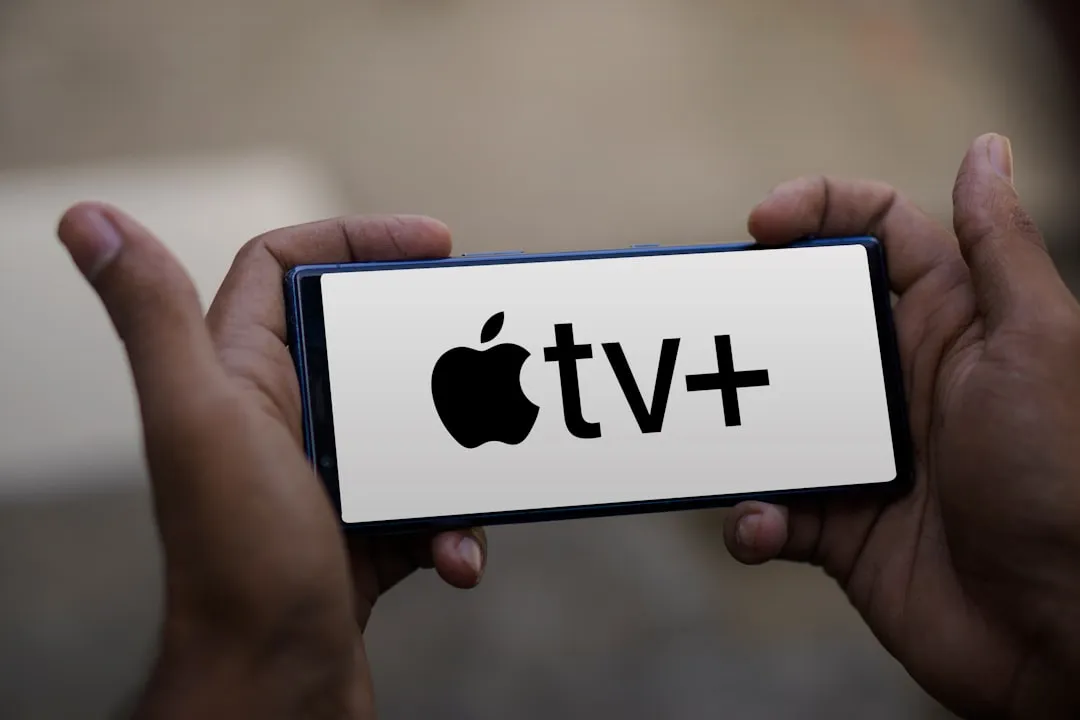


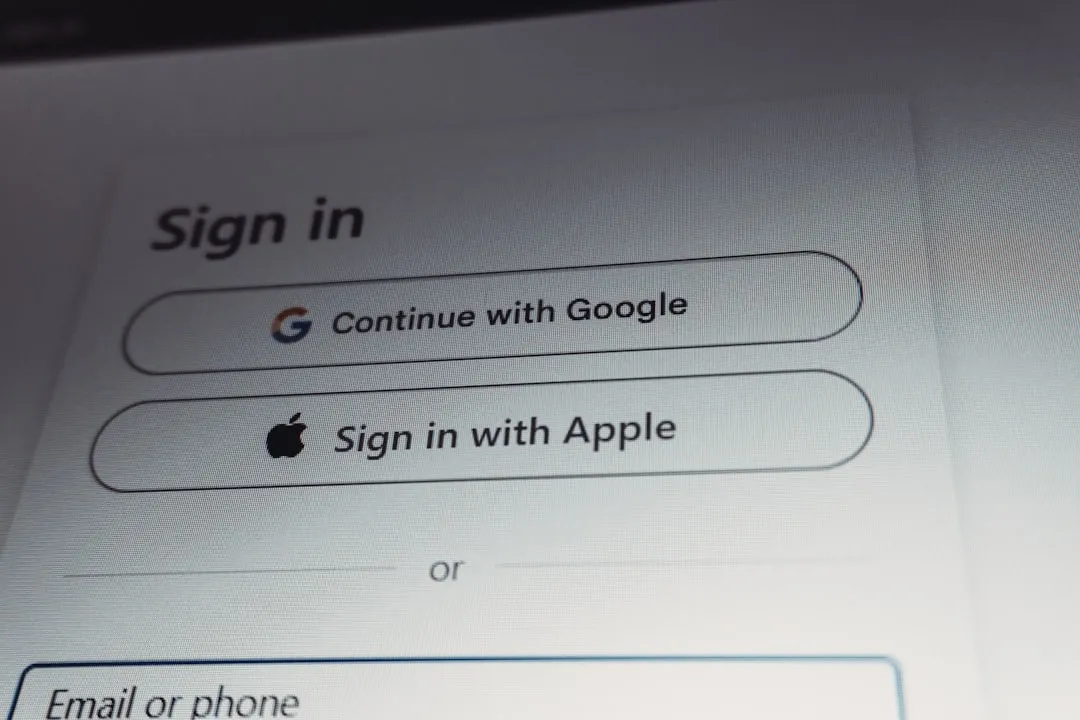

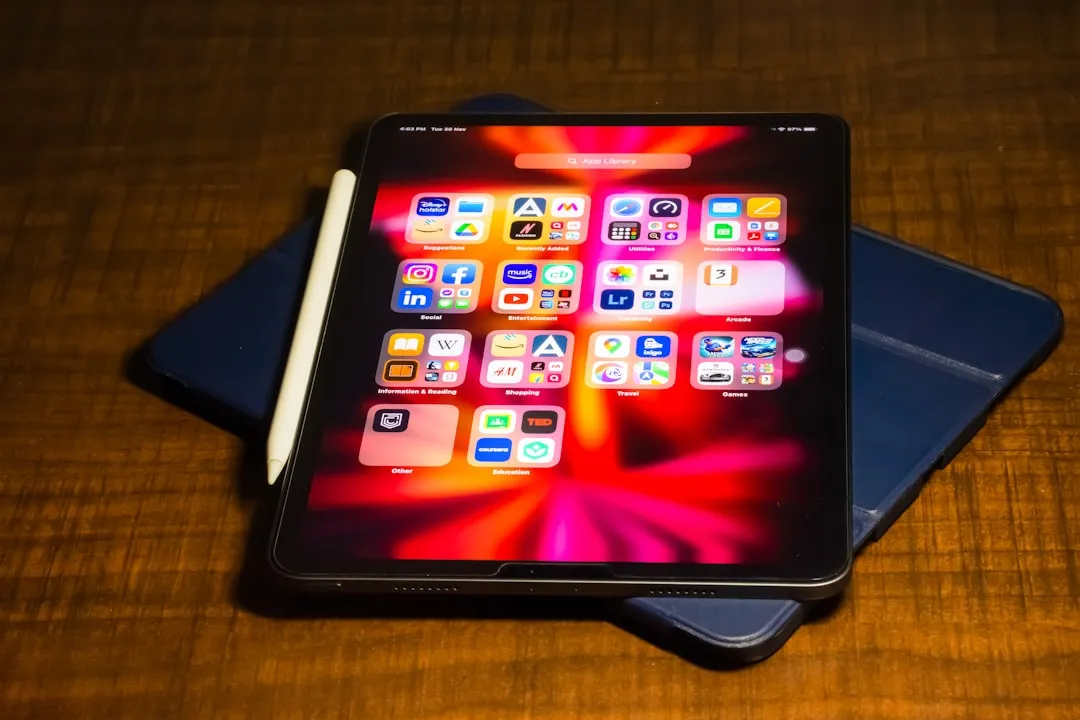
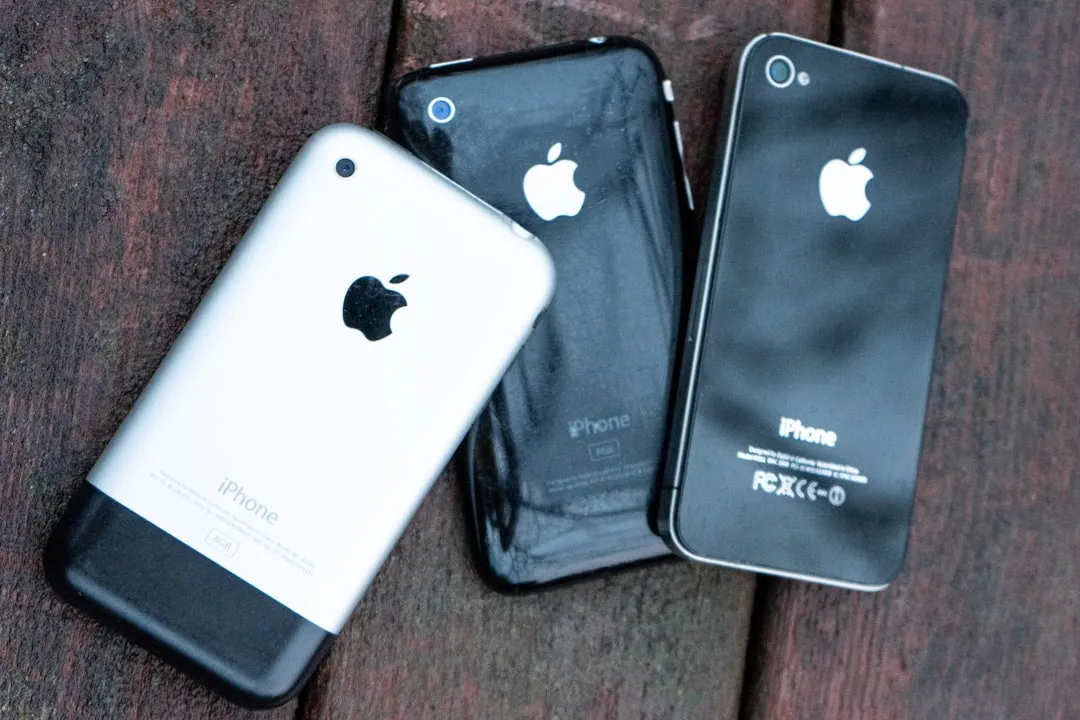
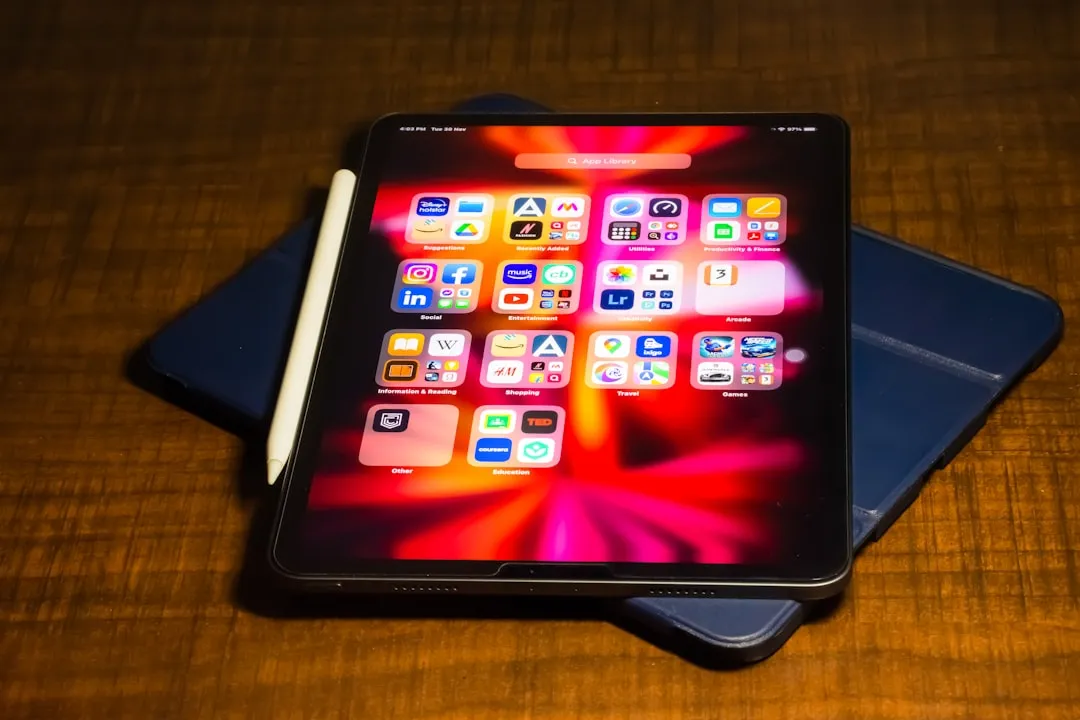

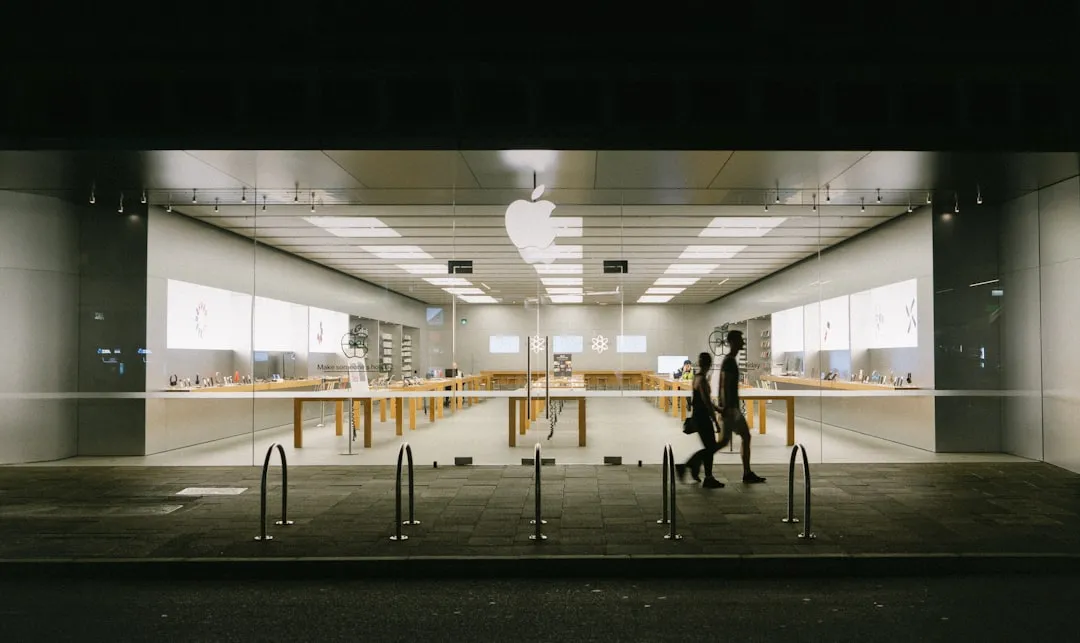
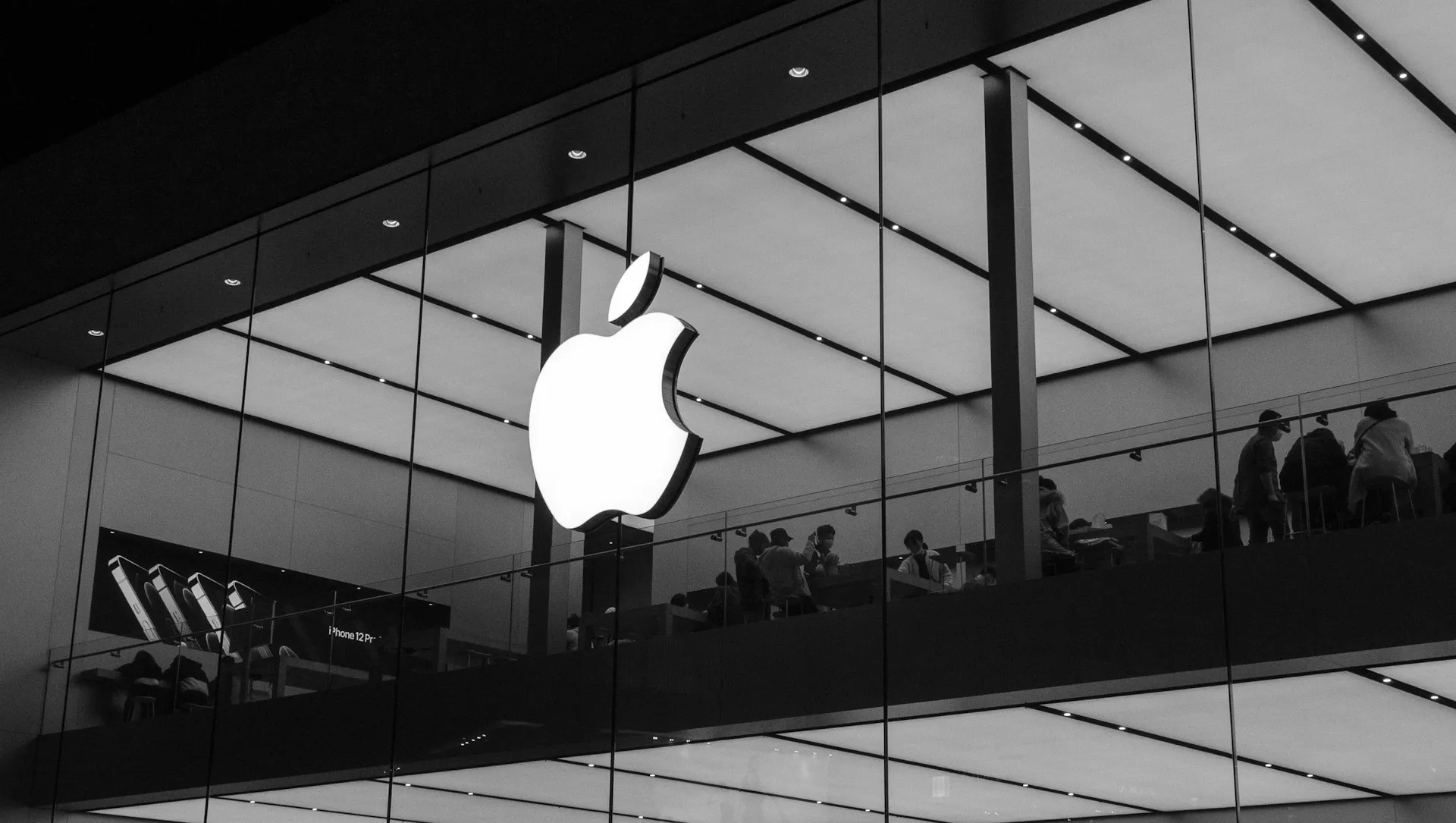
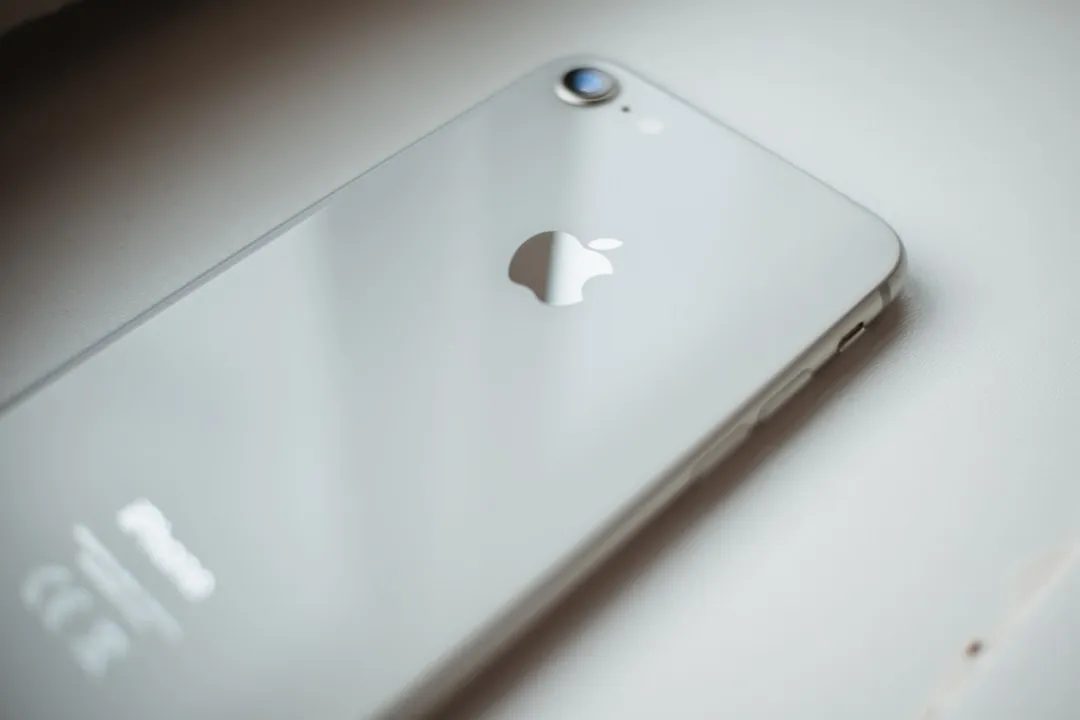


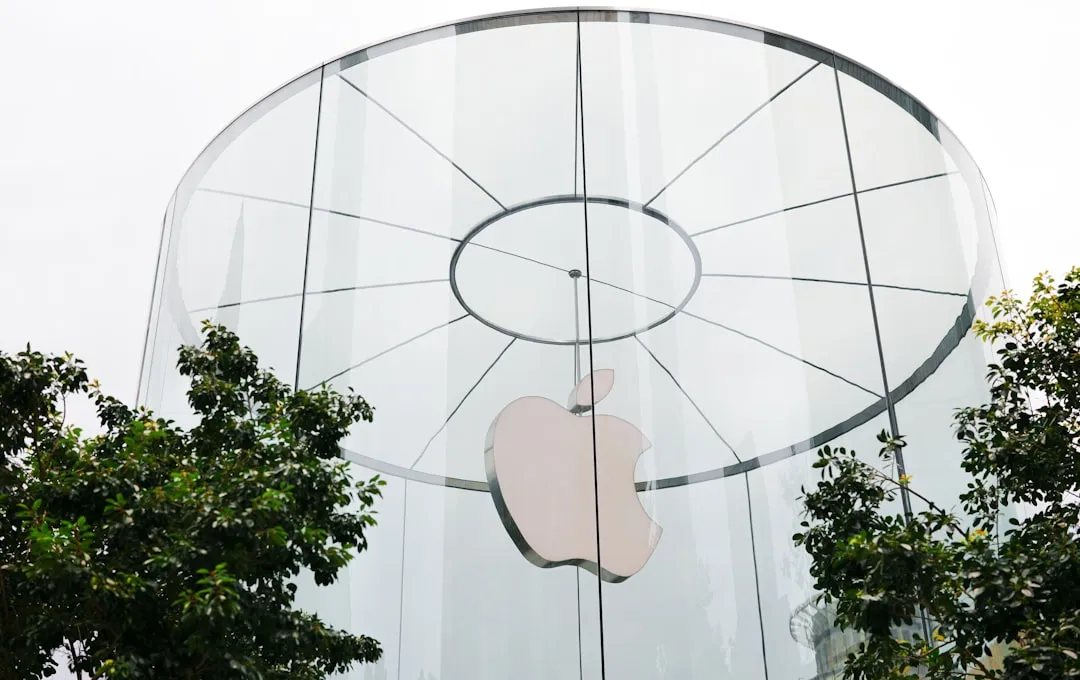


Comments
Be the first, drop a comment!